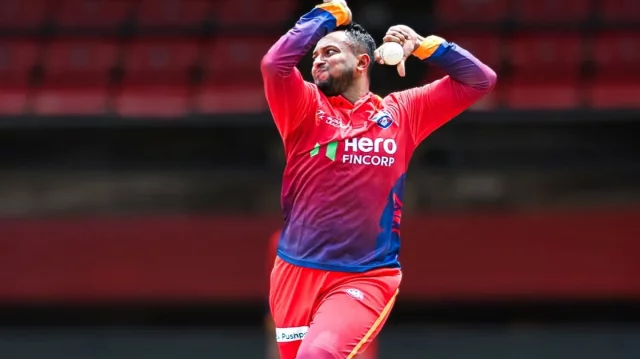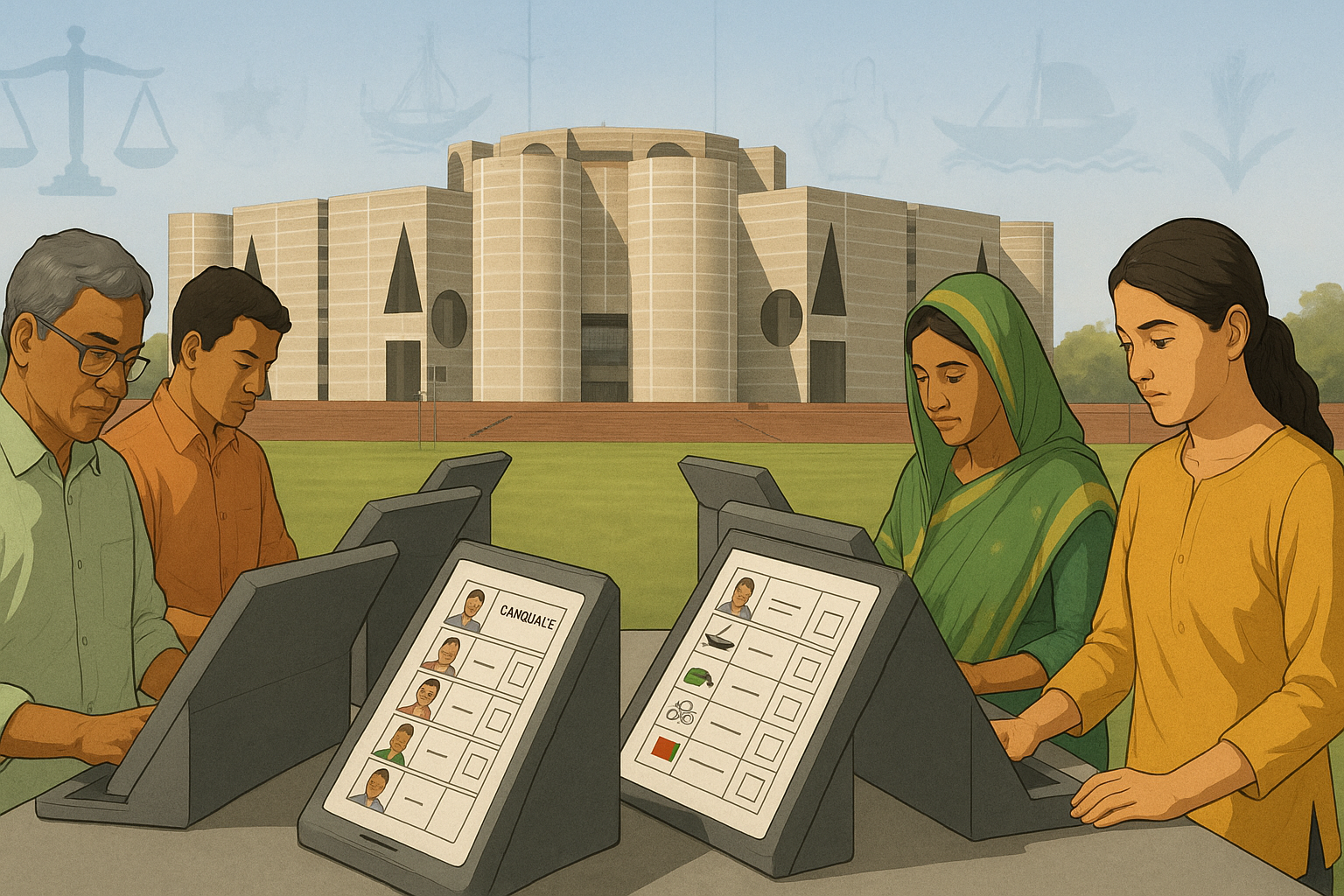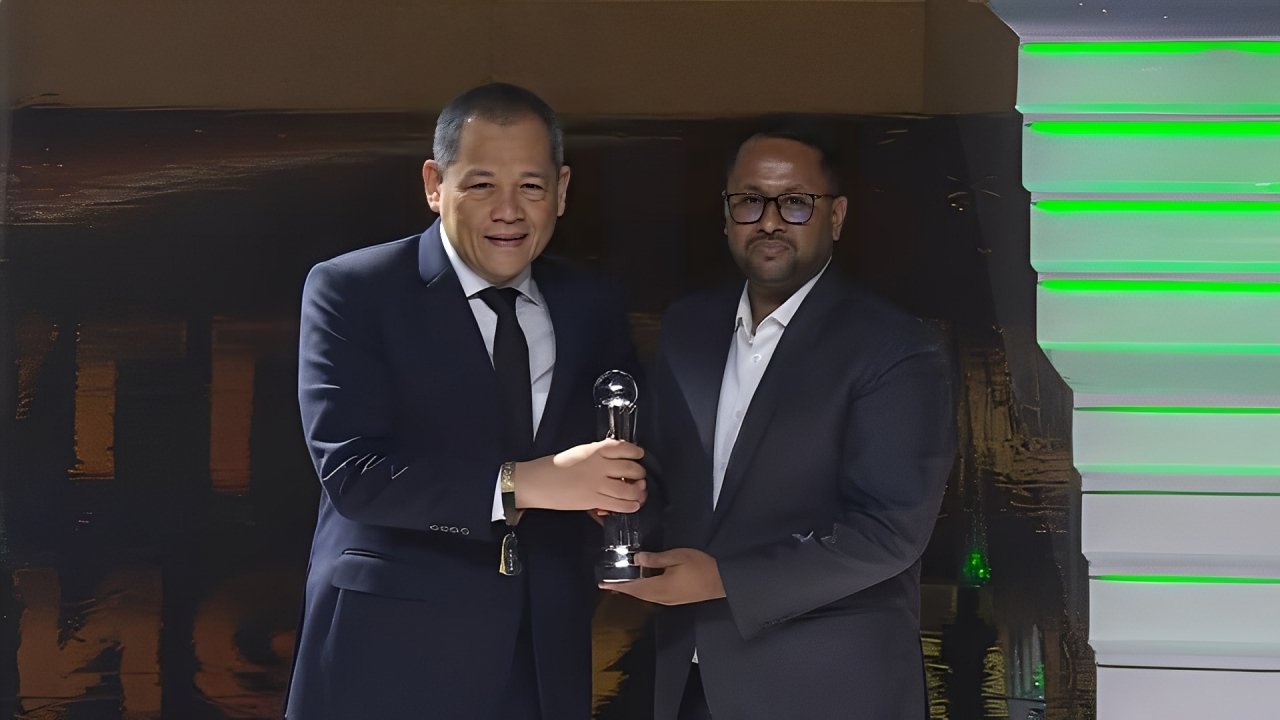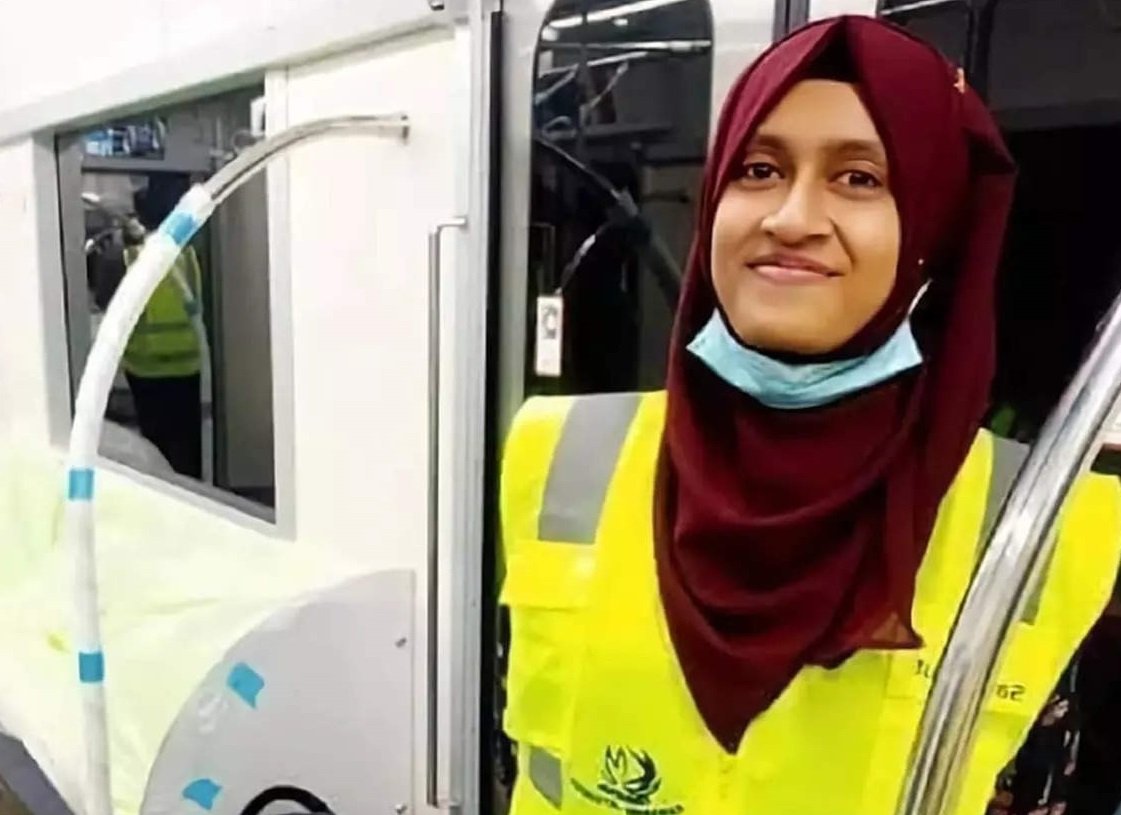Farmers of Bangladesh: Modernizing the Roots of Our Economy
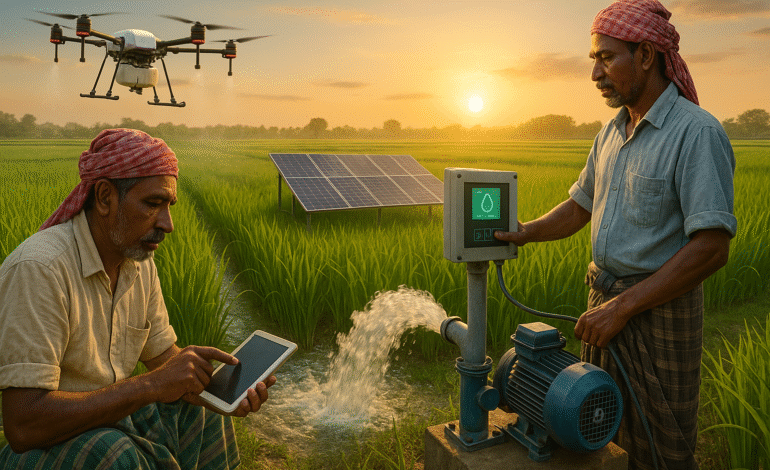
The Central Role of Farmers of Bangladesh
The farmers of Bangladesh are truly the heart of the nation’s economy. Agriculture still employs nearly 37 percent of the country’s total workforce and contributes about 12.5 percent of GDP as of 2024, according to the Bangladesh Bureau of Statistics (BBS). Bangladesh’s green fields feed more than 170 million people and generate export earnings from rice, jute, tea, vegetables, and seafood.
However, while the contribution is vast, questions remain about modernization. Are the farmers of Bangladesh equipped with advanced technology and tools? The answer is both hopeful and concerning. On one hand, agricultural innovation is growing; on the other, many rural farmers still rely on traditional methods.
According to the Food and Agriculture Organization (FAO) and World Bank, around 60 percent of farmers still use manual or animal-driven methods in cultivation. Only about 25 percent use mechanized irrigation, smart sensors, or data-based farming systems. (FAO, World Bank Agriculture Data).
This imbalance raises a critical issue: if Bangladesh wants to maintain food security and compete globally, it must modernize its farming sector fast.
Agriculture: The Backbone of Bangladesh’s Rural Economy
The farmers of Bangladesh support more than 80 percent of rural households, directly or indirectly. Rice alone occupies 75 percent of the cultivated land and provides nearly 48 percent of all employment. (BBS Agriculture Census 2024).
Yet, despite this economic backbone, the average farmer earns less than Tk 12,000 per month, and income inequality between rural farmers and urban workers continues to grow. Productivity remains low because outdated methods cannot meet the demand of a growing population.
Modernization is no longer optional; it is essential for sustainable growth, food security, and rural prosperity.
Challenges Faced by Farmers of Bangladesh
Limited Access to Modern Equipment
A major barrier is access to modern agricultural machinery. While the government has subsidized power tillers and irrigation pumps, high prices and maintenance costs prevent small farmers from adopting them. According to the Department of Agricultural Extension (DAE), less than 30 percent of farmers can afford mechanized plowing or reaping machines.
Dependence on Weather and Outdated Practices
Farmers still rely heavily on rainfall patterns. In many parts of the country, irrigation systems are insufficient, and flood or drought conditions often destroy crops. A report from Bangladesh Agricultural Research Council (BARC) shows that 20–25 percent of annual crop loss is due to unpredictable weather patterns and outdated farming techniques.
Inadequate Digital Knowledge
Digital literacy remains a serious obstacle. Many farmers have access to mobile phones but are unaware of agricultural apps or data services that provide weather updates and market prices. The ICT Division of Bangladesh estimates that only 22 percent of rural farmers use digital tools for farming.
Climate Change and Soil Degradation
Bangladesh is one of the world’s most climate-vulnerable countries. Rising salinity in the coastal belt, soil fertility loss, and water scarcity have already reduced arable land by 1 percent every year. This affects both crop quality and income stability.
Government Steps Toward Modernization
Smart Agriculture Vision 2041
The government’s Smart Agriculture Vision 2041, part of its “Smart Bangladesh” roadmap, aims to fully digitalize and automate farming. It plans to integrate IoT (Internet of Things), drone mapping, and data analytics into cultivation systems. The Ministry of Agriculture has already launched pilot projects in Gazipur, Rajshahi, and Khulna using remote sensing and automated irrigation systems. (Ministry of Agriculture Bangladesh).
Agricultural Mechanization Project (A2I Initiative)
The Access to Information (A2I) program promotes smart agriculture by providing 70 percent subsidies on machinery for small farmers. Between 2021 and 2024, the government distributed over 80,000 units of modern equipment, including rice transplanters, power threshers, and reapers.
Credit and Subsidy Support
The Bangladesh Bank has also launched a Tk 5,000 crore Agricultural Credit Scheme, offering low-interest loans for farm mechanization, cold storage, and agro-processing startups. (Bangladesh Bank).
These programs show a shift toward innovation, but scaling remains slow because of low awareness and insufficient training.
How Technology Is Changing Farming in Bangladesh
Precision Farming and Smart Irrigation
Farmers in Rajshahi, Bogura, and Mymensingh are testing precision farming technologies using sensors to measure soil nutrients and automate water usage. This reduces fertilizer waste and increases yield by up to 25 percent according to BRRI (Bangladesh Rice Research Institute).
Drone Mapping and Pest Detection
In 2023, BRAC and A2I jointly introduced agricultural drones to monitor paddy fields and detect pest infestations early. The project showed that farmers could save up to 15 percent of pesticide costs by using drone imagery to target affected areas only.
Mobile Apps and Data Access
Apps like Krishi Call Center (16123) and Krishi Batayon are connecting farmers directly with agricultural officers and market data. Over 500,000 farmers used these digital services in 2024. (ICT Division Bangladesh).
Comparing Bangladesh with Developed Countries
Developed countries like Japan, the Netherlands, and the USA have achieved near-total automation in agriculture. For instance, over 95 percent of farms in Japan use robotic equipment or sensor-based management. In contrast, only 28 percent of farms in Bangladesh are partially mechanized.
Bangladesh spends just 0.6 percent of its GDP on agricultural research and innovation, compared to 2.8 percent in the Netherlands and 3.2 percent in South Korea.
If Bangladesh wants to achieve middle-income rural transformation by 2041, increasing investment in research, technology transfer, and rural education is vital.
The Future of Modern Farming in Bangladesh
Youth Involvement and Agri-Tech Startups
A growing number of young entrepreneurs are entering agri-tech. Platforms like iFarmer, AgroShift, and Krishi Network are providing financing, crop insurance, and real-time weather data through apps. This digital revolution is helping bridge the gap between traditional farmers and global agricultural trends.
Export and Value Chain Opportunities
Modernization will also enhance Bangladesh’s agricultural exports. Organic tea, vegetables, and processed food exports reached USD 1.25 billion in 2024, and modern farming can easily double this by 2030.
Sustainability and Climate Adaptation
Adopting climate-smart crops, vertical farming, and solar-powered irrigation will make Bangladesh more resilient. The government’s collaboration with FAO and UNDP in climate adaptation programs has already benefited more than 2 million farmers in vulnerable zones.
Farmers of Bangladesh Deserve a Digital Revolution
The farmers of Bangladesh have always carried the nation’s economy through dedication and resilience. Yet, their success now depends on how quickly we can equip them with technology, training, and access to finance.
Bangladesh’s agriculture has immense potential to transform through modernization. If properly supported with digital tools, automation, and education, the farmers who once depended on rain and manual labor could lead one of the most efficient agricultural systems in South Asia.
They don’t just feed the nation; they sustain its future. Investing in them is investing in Bangladesh itself.

